No products in the cart.
The 2025 Mobile Revolution: A Spectacular Leap into Intelligent Connectivity
The year 2025 will be etched in technology history as a watershed moment. It marks the point where the mobile phone transitioned from a simple communication tool to a deeply integrated, intelligent extension of ourselves. This is not a year of incremental updates or minor tweaks; 2025 signifies a spectacular revolution in the mobile industry.
The sentiment surrounding this year’s releases is overwhelmingly positive, characterized by genuine awe and excitement. Manufacturers have transcended the traditional spec wars, focusing instead on integrating advanced Artificial Intelligence, pioneering new battery technologies, and perfecting display innovations. The result is a mobile experience that feels less like using a gadget and more like collaborating with a digital concierge.
If you have been holding onto your current device, waiting for a significant reason to upgrade, the wait is emphatically over. The class of 2025 delivers capabilities that feel intuitive, powerful, and downright futuristic.
This article explores the stunning advancements that define the best mobile phones of 2025 and why this year sets a new benchmark for innovation.
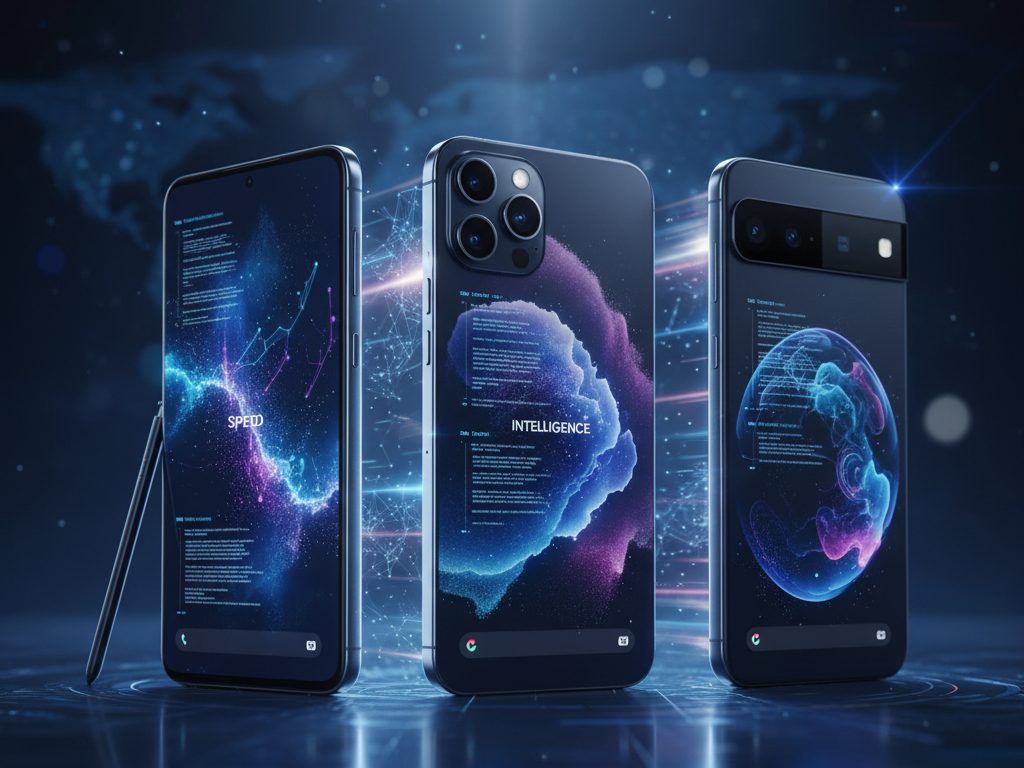
The Core of 2025: The Age of On-Device AI
The single most transformative trend of 2025 is the evolution of AI from a feature to the foundation of the mobile experience. We have moved beyond cloud-dependent assistants to an era where complex AI processing happens directly on the device.
The New Silicon Brains
A new generation of silicon powers this shift—notably the Apple A19 Pro, the Qualcomm Snapdragon 8 Elite, and Google’s Tensor G5. These chips, built on advanced 3-nanometer (and emerging 2nm) processes, boast massively upgraded Neural Processing Units (NPUs).
This localized processing power is critical. It ensures instantaneous responsiveness, as tasks no longer require a round-trip to a server. It enhances user privacy by keeping sensitive data off the cloud. It also allows sophisticated AI features to function even without an internet connection.

The Predictive Mobile Experience
The 2025 mobile operating systems, iOS 26 and Android 16, utilize this power to create an experience that is proactive rather than reactive. Your mobile phone now anticipates your needs through what the industry calls “Anticipatory Computing.”
It learns your routines—silencing notifications during your focused work hours, surfacing your digital train ticket the moment you approach the platform, and optimizing battery consumption based on your unique usage patterns. This background optimization significantly reduces digital friction and streamlines daily life.
Breaking Communication Barriers
Furthermore, communication barriers are dissolving. Real-time, natural-language translation during voice and video calls is now a standard feature on flagship mobile devices. Assistants like the revamped Siri (powered by Apple Intelligence) and Google’s Gemini Live understand context, nuance, and follow-up questions with eerie accuracy, capable of executing complex, multi-step commands across different apps.
Hardware Horizons: Battery Breakthroughs and Display Dominance
While AI provides the intelligence, the hardware advancements of 2025 deliver the physical enhancements that make using these mobile devices a joy.
The Battery Revolution: The Rise of Silicon-Carbon
For too long, battery life has been the bottleneck of mobile innovation. 2025 marks a turning point, thanks to introducing new battery chemistry. The standout innovation is the widespread adoption of silicon-carbon batteries.
Traditional lithium-ion batteries use graphite anodes, which have limited energy density. Silicon-carbon anodes can hold significantly more energy—often 15-20% more capacity—in the same physical space. This allows manufacturers like OnePlus and Xiaomi to pack massive capacities, up to 6000mAh, into their mobile devices without increasing the physical bulk.
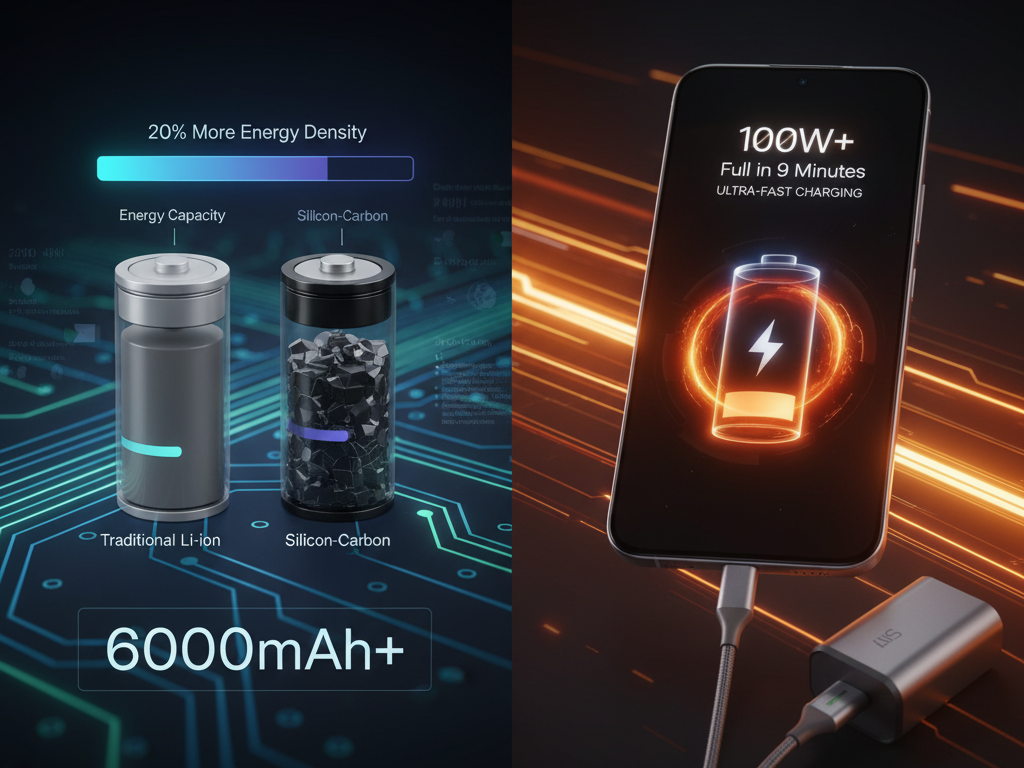
For the average user, genuine two-day battery life under heavy usage is no longer a dream but a standard expectation. When it is time to charge, the experience is unbelievably fast. Wired charging speeds exceeding 100W are commonplace, allowing users to gain hours of usage from just a few minutes plugged into the wall. The combination of higher capacity and hyper-fast charging has effectively eliminated battery anxiety for the modern mobile user.
Displays That Defy Sunlight
The visual experience on 2025 mobile devices is stunning. The battle for display supremacy has moved beyond refresh rates (120Hz is now virtually standard across all premium tiers) to brightness and durability.
The 2025 flagship mobile phones feature displays that can reach astonishing peak brightness levels, often exceeding 3,000 nits. This massive increase ensures perfect legibility even under the harshest direct sunlight.
Crucially, this brightness is coupled with revolutionary anti-reflective technologies. Advancements seen in Corning’s Gorilla Armour 2 (featured on the Galaxy S25 Ultra) and Apple’s Ceramic Shield 2 significantly reduce screen reflections and offer unprecedented scratch resistance. The result is a vibrant, immersive viewing experience in any environment.
The Titans of 2025: This Year’s Best Mobile Phones
The competition in the 2025 mobile market is intense, but several devices have distinguished themselves as leaders of the new generation.
1. Samsung Galaxy S25 Ultra: The Productivity Powerhouse
Samsung’s flagship remains the benchmark for the “do-everything” mobile device. The Galaxy S25 Ultra combines robust hardware with an expansive software suite, creating a masterclass in engineering.
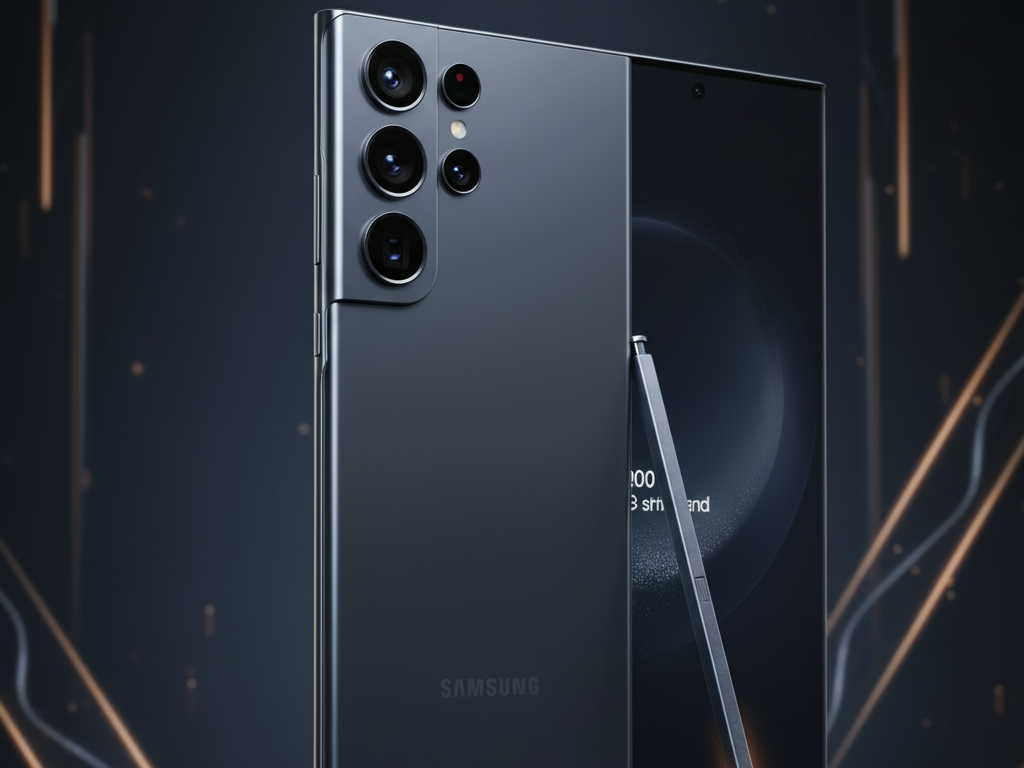
Performance and Design: The specialized “Snapdragon 8 Elite for Galaxy” powers it, ensuring top-tier performance. This is aided by a significantly enlarged vapour chamber cooling system, which is ideal for intensive mobile gaming and complex multitasking. The robust titanium frame feels premium, and the integration of the S Pen remains a unique selling point.
Camera Prowess: The camera system is anchored by a formidable 200MP primary sensor, but the real upgrades are in the supporting lenses. The ultra-wide and both telephoto lenses now utilize 50MP sensors. Combined with the Next Gen ProVisual Engine, the S25 Ultra offers unparalleled zoom versatility and incredible low-light performance (Nightography).
The Experience: The stunning 6.9-inch anti-reflective display (protected by Gorilla Armour 2) and the expansion of Galaxy AI features—offering everything from generative photo editing to advanced cross-app actions (allowing the AI to perform tasks across multiple apps with a single command)—make this the most complete mobile package on the Android market.
2. Apple iPhone 17 Pro Max: Polished Perfection
The iPhone 17 Pro Max is Apple’s most ambitious mobile offering yet. It is centred around the raw power of the A19 Pro chip and the intelligence of iOS 26. It is a triumph of integration and sheer speed.

The A19 Pro Advantage: The A19 Pro is currently the fastest silicon in any mobile device. Its architecture is specifically designed to power “Apple Intelligence” features smoothly and efficiently, offering unparalleled on-device AI performance. A new vapour chamber cooling system ensures sustained performance during heavy use.
Camera Revolution: Apple has levelled up the entire system. All three rear cameras (Main, Ultrawide, and Telephoto) are now 48MP sensors. The new telephoto lens utilizes an advanced tetraprism design, achieving an impressive 8x optical-quality zoom—the longest ever on an iPhone.
The Experience: A major innovation is the new 18MP “Centre Stage” front camera, which uses AI to adjust the frame automatically during group selfies and video calls. With a spectacular display that hits 3000 nits peak brightness and the deep integration of iOS 26, the iPhone 17 Pro Max offers the most polished and seamless mobile experience.
3. Google Pixel 10 Pro: The AI Visionary
Google continues its software-first approach with the Pixel 10 Pro, the ultimate showcase for Android 16 and Google’s AI prowess. It is the phone for those who want their technology to be genuinely helpful.

AI Leadership: Powered by the latest Tensor G5 chip, which is now manufactured by TSMC and runs much cooler and more efficiently than previous generations. The Pixel 10 Pro leverages Google’s advanced Gemini models (including Gemini Live) for real-time, contextual interaction.
Computational Photography: The Pixel remains the king of computational photography, delivering stunningly realistic photos with minimal effort and offering advanced editing tools through the refined Magic Editor.
The Experience: With a premium design, what Google claims is the brightest display in the industry (up to 3,300 nits peak), and a commitment to seven years of software updates, the Pixel 10 Pro is the ideal choice for the AI enthusiast. In 2025, Google also added built-in magnetic charging compatibility, enhancing convenience.
4. OnePlus 13: The Endurance Champion
OnePlus has significantly impacted this year by focusing intently on battery life and performance, reclaiming its “Flagship Killer” title.
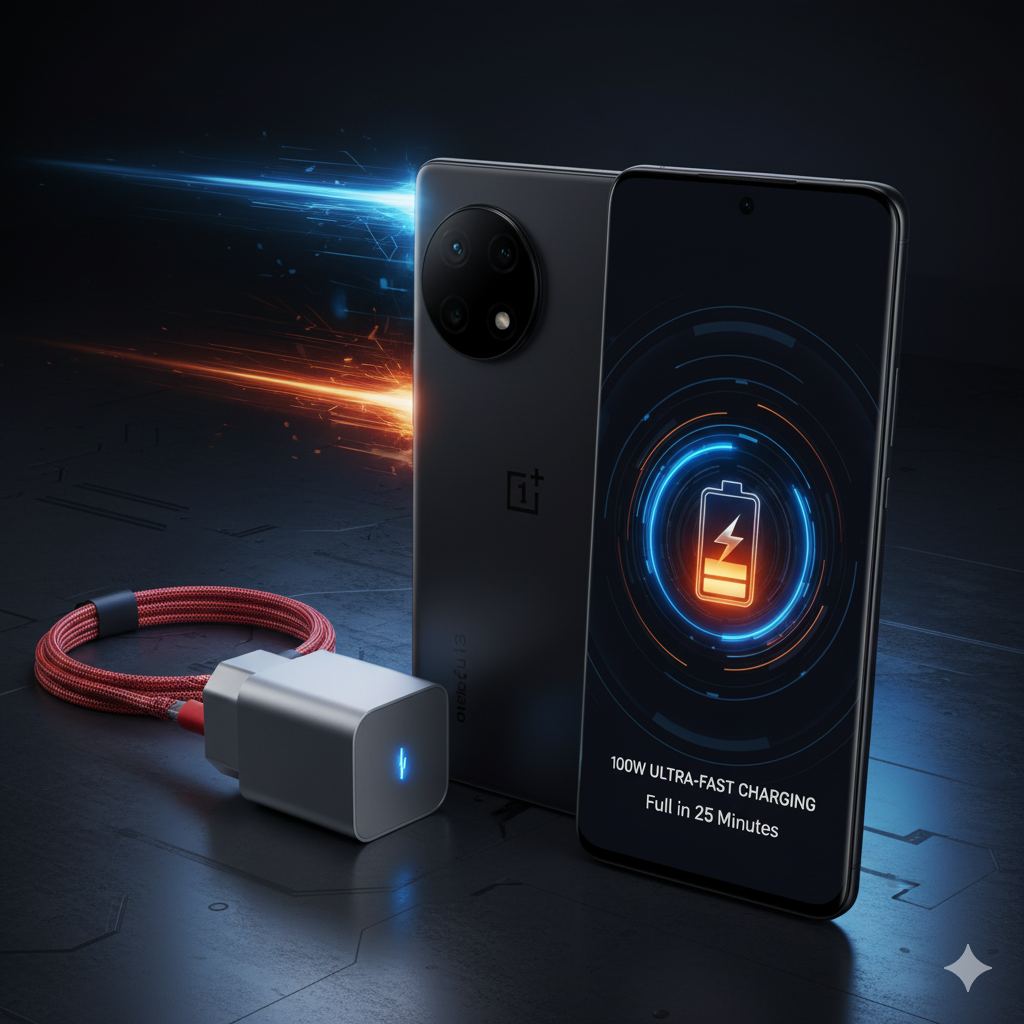
Battery Life: The OnePlus 13 utilizes the new silicon-carbon technology and features a massive battery (around 6000mAh). It offers phenomenal longevity that outlasts nearly every other flagship on the market.
The Experience: It pairs this endurance with 100W wired charging and flagship Snapdragon 8 Elite performance. A bright display and a clean OxygenOS interface make it the ideal mobile phone for travellers and heavy gamers.
Mobile Photography Reimagined: The Computational Era
In 2025, the quality of a mobile camera is no longer defined by megapixels alone. The synergy between advanced sensors and AI-driven Image Signal Processors (ISPs) has reached new heights.
Computational photography is so advanced that the mobile device understands the scene three-dimensionally. This allows for incredible low-light performance, where noise is virtually eliminated, and details are reconstructed intelligently. It also enables features like “Neural Relighting,” where the AI can adjust the lighting on a subject after the photo has been taken.
The rise of generative editing tools directly within the native camera apps has revolutionized how we interact with our photos. Users can effortlessly remove objects, change lighting conditions, and even alter facial expressions with a simple tap. This democratization of powerful editing capabilities ensures everyone can capture professional-grade images directly from their mobile device.

The Maturation of the Foldable Form Factor
2025 is the year foldable mobile phones transitioned from a niche luxury to a mainstream preference. The hardware has been refined significantly, addressing previous concerns about durability and bulk.
The Samsung Galaxy Z Fold 7 leads this segment, offering an ultra-thin design that is lighter than many traditional flagships, yet opens to reveal a massive internal display perfect for multitasking. Impressively, Samsung has equipped the Z Fold 7 with a flagship-grade camera array, proving that users no longer need to compromise image quality when choosing a foldable mobile.
In the flip segment, the Motorola Razr Ultra (2025) dominates. It offers a large, functional cover display that allows users to manage tasks without opening the phone, with excellent battery life and a robust hinge mechanism. The foldable mobile is no longer an experiment but the future of mobile productivity and style.
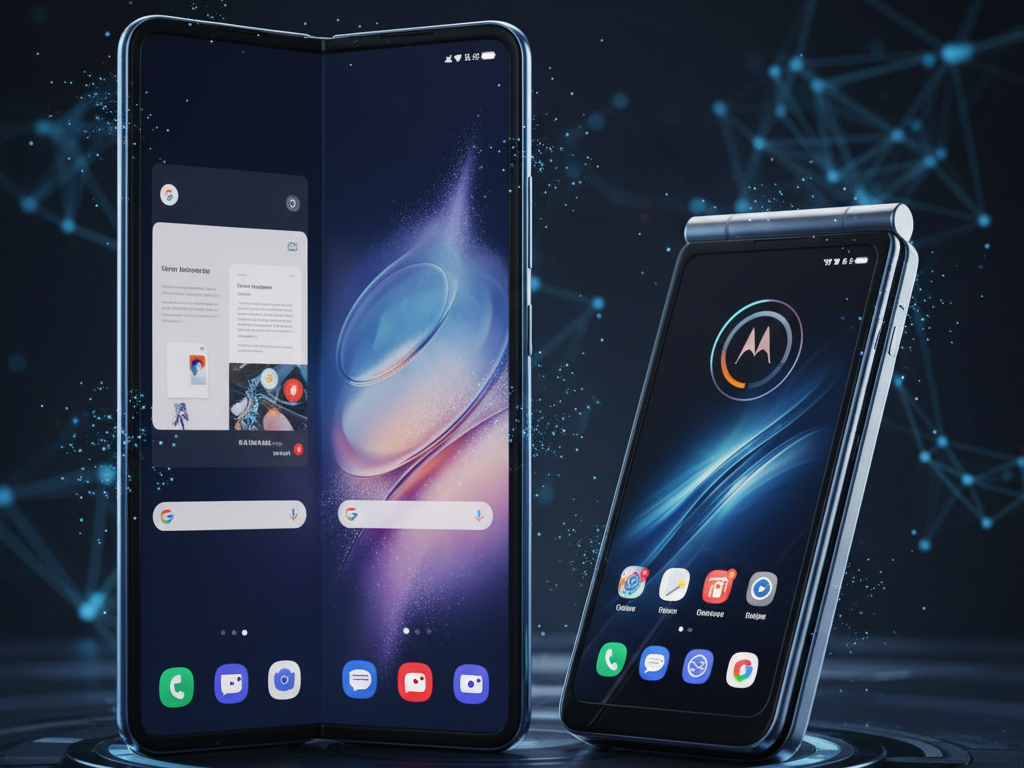
Conclusion: A Phenomenal Year for Mobile Innovation
2025 stands as a landmark moment in the history of mobile technology. The convergence of hyper-intelligent, on-device AI, revolutionary battery advancements, and stunning display technology has resulted in the most compelling smartphone lineup ever.
The industry has successfully shifted its focus to delivering a user experience that is intuitive, predictive, and empowering. The best mobile phones of 2025 do more than connect us; they actively assist us, enhance our creativity, and, crucially, keep pace with the demands of our lives. This is truly the golden age of the mobile phone, delivering a future that is brighter, faster, and smarter than ever before.








Add comment